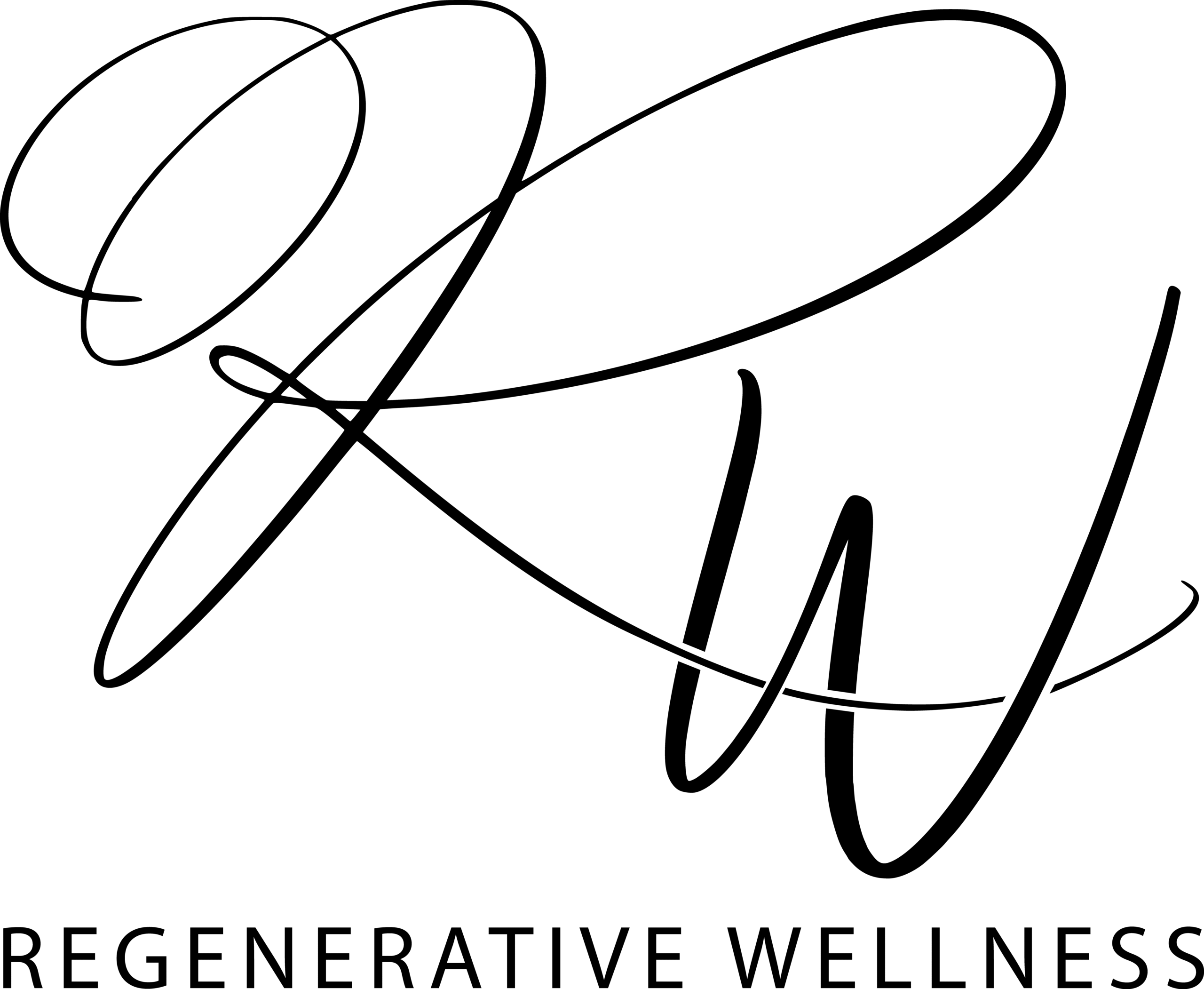Methylene Blue
What Is It?
Methylene Blue is a water-soluble dye with medicinal, industrial, and scientific applications. It has antioxidant and antimicrobial properties and is used in medical treatments, water purification, laboratory research, and even anti-aging skincare.
INCI (International Nomenclature of Cosmetic Ingredients)
Methylene Blue
Proper Storage & Shelf Life
Storage: Keep in an airtight, light-resistant container in a cool, dry place. Avoid direct sunlight and heat.
Shelf Life: Approximately 2–5 years if stored properly.
Refined Or Unrefined
Refined: Methylene blue is purified for medical and laboratory use.
Is It Necessary?
Not essential but beneficial for anti-aging and skincare recipes (potential anti-wrinkle properties), medical uses (methemoglobinemia treatment, antiseptic), water purification and fish tank treatments.
Texture & Consistency
Fine, dark blue crystalline powder or liquid solution
Natural Scent Profile
Odourless
Solubility & Compatibility
Highly soluble in water
Slightly soluble in alcohol
Not oil-soluble
Compatible with water-based recipes
Benefits In Your Skincare
Powerful antioxidant, may help with anti-aging in skincare
Antimicrobial and antiseptic properties
Potential neuroprotective effects (studied for cognitive health)
Used in water purification and aquarium treatments
PH
Methylene blue typically has a slightly acidic to neutral pH ranging from 6.0 to 7.5, depending on the concentration. It is stable within this range and is often used in aqueous solutions.
Absorbency Rate
Low to moderate – Methylene blue is not deeply absorbed by the skin but can be absorbed internally in medical or biohacking applications. When used topically, it mainly stays on the surface unless it’s formulated to be used for specific skin conditions like wounds or infections, where it might interact with the skin’s surface.
Recommended Usage Rate
Skincare: ~0.1% (high concentrations may stain the skin)
Medical applications: As prescribed by a professional
Aquariums: Typically 1-2 drops per gallon for fish treatments
Lab use: Varies based on application
Appearance
Deep blue crystalline powder
Produces a vibrant blue solution when dissolved in water
Strengths
✅ Strong antioxidant and antimicrobial properties
✅ Versatile (used in medicine, skincare, research, and aquariums)
✅ Highly water-soluble and effective in low concentrations
Weaknesses
❌ Can stain skin, fabric, and surfaces
❌ Not oil-soluble (limited use in oil-based recipes)
❌ Can be toxic in high doses (must be used responsibly)
Alternative Ingredients/ Substitutions
Due to the unique properties of Methylene Blue, direct substitutions will not provide the same benefits.
Best Practices
Use in water-based recipes (avoid oil-based products).
Start with a very low concentration to prevent staining.
Wear gloves when handling to avoid staining hands.
Use a glass or non-porous container when mixing to prevent discolouration.
Tips & Tricks
For anti-aging skincare: Add a small amount (~0.1%) to a serum or water-based moisturiser.
For aquarium use: Helps treat fungal and bacterial infections in fish.
For lab research: Used as a biological stain in microbiology and cell research.
For cognitive health research: Being studied for potential neuroprotective effects.
Recommended Starter Amount
1g-5g (due to potent staining effects)
Where To Purchase
Blue Tung (Australian brand)
